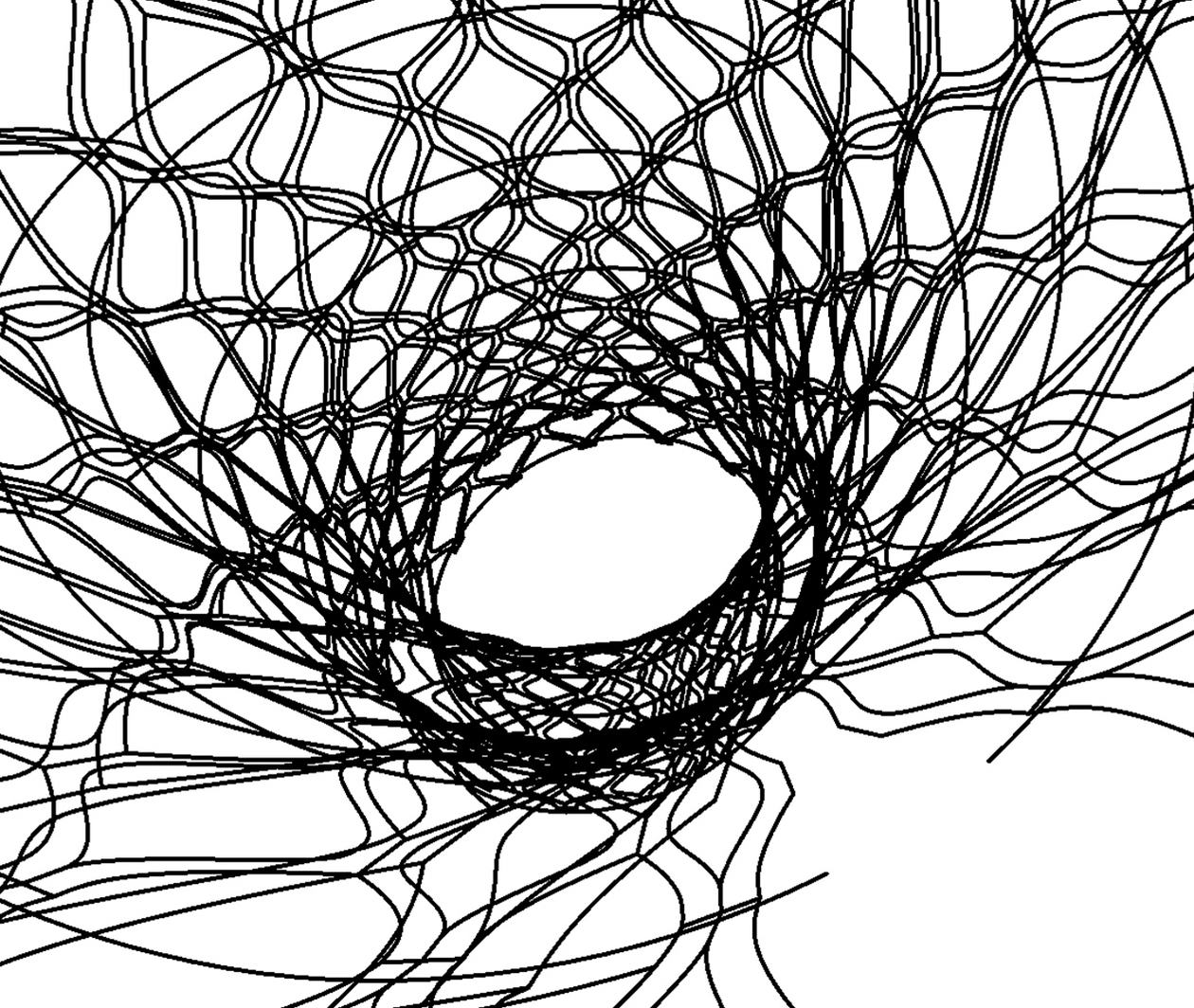Why should a designer learn to code? Find out with the University of Michigan and build your skills in design computing.

Duration
5 weeksWeekly study
5 hours
Design Computing: 3D Modeling in Rhinoceros with Python Rhinoscript
Other courses you might like
This course isn't running right now. We can email you when it starts again, or check out these other courses you might like.
Browse more in Creative Arts & Media
Use Rhinoceros 3D modelling software to design complex geometric forms
As our world is increasingly impacted by the use of algorithms, designers must learn how to use and create design computing programs.
Structured around a series of fundamental design problems, this course will show you Python code in terms of its rules and syntax, and teach you what we can do with Python in its application and design.
By the end of the course, you’ll not only know the fundamentals of Python and Rhino script, but also understand them through the lens of their application in geometrically focused design lessons and exercises.
What topics will you cover?
- An introduction to Design Computing as a subject and why designers should learn to code.
- The fundamentals of coding in the Python scripting language. By the end of the course students will be familiar with the basic structure and syntax of this language.
- The understanding and application of Rhinoscriptsyntax, a native coding language in Rhinoceros that’s imported into Python, which allows one to create and control geometries through authoring code.
- The application of Procedural Logics - the structuring of coding systems to produce variable geometric form.
- The output of geometries in still and animate forms.
Learning on this course
On every step of the course you can meet other learners, share your ideas and join in with active discussions in the comments.
What will you achieve?
By the end of the course, you‘ll be able to...
- Apply the fundamentals of Python including: Control Flow [module importing, conditionals, iteration(looping), operators, functions, comments, booleans] and Data Structures [strings, variables, lists, tuples, dictionaries]
- Apply the fundamentals of Rhinoscript to create geometric systems and produce variable geometric form, in 2D and 3D, rendered in still and animated formats
- Utilize search and help commands for Rhinoscript and Python command libraries.
- Apply the practice of de-bugging.
- Produce code that produces variable geometric form (in 2D and 3D) in still image and animated formats.
- Produce coded geometric systems that are reactive to changes in input parameters and attractor geometries (points, curves, surfaces)
Who is the course for?
This course is designed for any students and practitioners who use the 3D modeling software Rhinoceros and want to design more complex geometric forms through structuring and implementing coding logics.
This course will be helpful to designers (architectural, industrial, product, web, furniture), artists (multimedia, digital, sculpture), and programmers.
By completing the course, students can decide if they’d like to study more advanced computing topics through further education, such as recursion, agents, and complex generative systems.
What software or tools do you need?
- This course integrates with a 3rd party website called the Gallery Tool, which was created by the University of Michigan in order to support collaboration between learners. You will need to make sure that Javascript is enabled in your browser and check that you are using Chrome, Firefox, or Edge. Safari and Internet Explorer are not supported.
- Learners will need access to Rhinocerous 3D which offers a free, full version, 90-day trial for Windows and Mac. After 90 days a purchased license will be required to save files or use plug-ins. We walk you through how to install Rhinocerous 3D in the course.
Who will you learn with?
I'm an associate professor of architecture at the University of Michigan’s Taubman College of Architecture and Urban Planning, where I conduct research/courses in computation and digital fabrication.
Who developed the course?
Established
1817Location
Ann Arbor, Michigan, USAWorld ranking
Top 30Source: Times Higher Education World University Rankings 2020
Learning on FutureLearn
Your learning, your rules
- Courses are split into weeks, activities, and steps to help you keep track of your learning
- Learn through a mix of bite-sized videos, long- and short-form articles, audio, and practical activities
- Stay motivated by using the Progress page to keep track of your step completion and assessment scores
Join a global classroom
- Experience the power of social learning, and get inspired by an international network of learners
- Share ideas with your peers and course educators on every step of the course
- Join the conversation by reading, @ing, liking, bookmarking, and replying to comments from others
Map your progress
- As you work through the course, use notifications and the Progress page to guide your learning
- Whenever you’re ready, mark each step as complete, you’re in control
- Complete 90% of course steps and all of the assessments to earn your certificate
Want to know more about learning on FutureLearn? Using FutureLearn
Learner reviews
Learner reviews cannot be loaded due to your cookie settings. Please and refresh the page to view this content.
Get a taste of this course
Find out what this course is like by previewing some of the course steps before you join:
